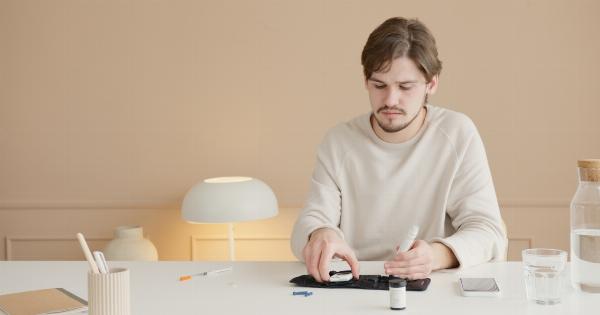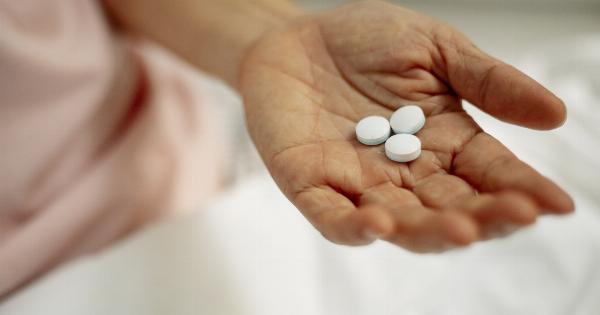Breast self-examination is a vital aspect of women’s healthcare. Knowing how to examine your breasts can help you identify any changes or abnormalities that may indicate breast cancer early on.
Although mammograms and clinical breast exams are vital, self-examination can alert you to any changes that need further investigation. This step-by-step guide will take you through how to do a breast self-examination at home.
Step 1: Choose a Convenient Time
To perform your breast self-examination accurately, it is essential to select a time where you are comfortable and not too rushed. You don’t want to be hurried or anxious as you may not get an accurate result.
Find a time when you are relaxed, such as after a shower or bath, and when your breasts are not tender or swollen.
Step 2: Get Comfortable
It is essential to be comfortable when performing the breast self-examination. Remove all clothing from the waist up and lie down on your back on a firm, comfortable surface.
Use a pillow under your right shoulder and fold your right arm behind your head to make it easier to examine your right breast. Place your left hand on your left hip, or use it to support your head to prevent any unnecessary muscle strain.
Step 3: Examine Your Breasts in a Circular Motion
With your right hand, start by examining your right breast. Place your fingers together, move them in a circular motion around your breast, and gradually increase the size of your circles.
Ensure you examine the entire breast, from the underarm to the breastbone and from the collarbone to the abdomen. You can use one of the following methods:.
- Up and down method – Examining the breast in vertical strips, moving from the collarbone to the breastbone in straight lines.
- Wedge method – Starting from the outermost point, examining in a wedge pattern over the whole breast area.
Step 4: Examine Your Nipples
While examining your breast, don’t forget to examine your nipples too. Gently squeeze each nipple and check for any discharge or lumps. You should also check to see if there are any changes in the colour or texture of the skin around your nipples.
Remember to examine both nipples and report any changes, no matter how small.
Step 5: Repeat on Your Left Side
After you have finished examining your right breast, repeat the examination on your left side, following the same steps mentioned before.
It would help if you used your left hand to examine your left breast, and your right hand should go behind your head. Examine your nipples the same way you did previously.
Step 6: Stand in Front of the Mirror
This part of the examination is best done while standing up. Stand in front of a mirror, and with your hands on your hips, examine the appearance of your breasts. Look at your nipples to see if there are any discharge, sores or lumps near them.
Examine the skin of your breasts to see if there is any redness, swelling, or change in colour, and check to see if your breasts are differently shaped or sized from one another.
Step 7: Repeat the Breast Self-Examination Monthly
It is essential to examine your breasts every month to familiarize yourself with their natural condition. The more you know your breasts, the easier it will be for you to detect any changes that may indicate a problem.
Keep in mind that it is normal for breasts to feel lumpy and tender before your period, so choose a convenient time for the examination.
Conclusion
Breast self-examination is a simple and effective technique that every woman should incorporate into her healthcare routine. By following these simple steps, you can examine your breasts and detect any changes that could indicate a problem early on.
If you find any abnormalities or changes, contact a healthcare professional immediately. Regular breast self-examinations, mammograms, and clinical breast exams can help ensure early detection of breast cancer and greatly increase your chance of successful treatment.























